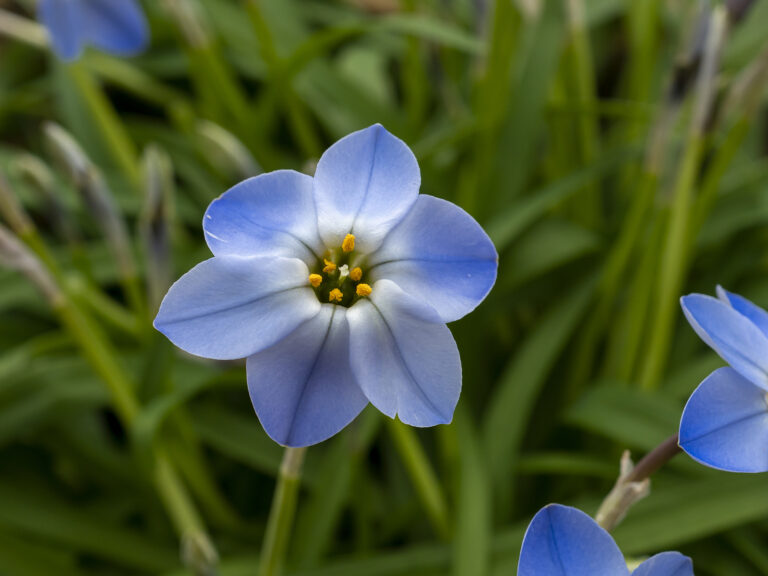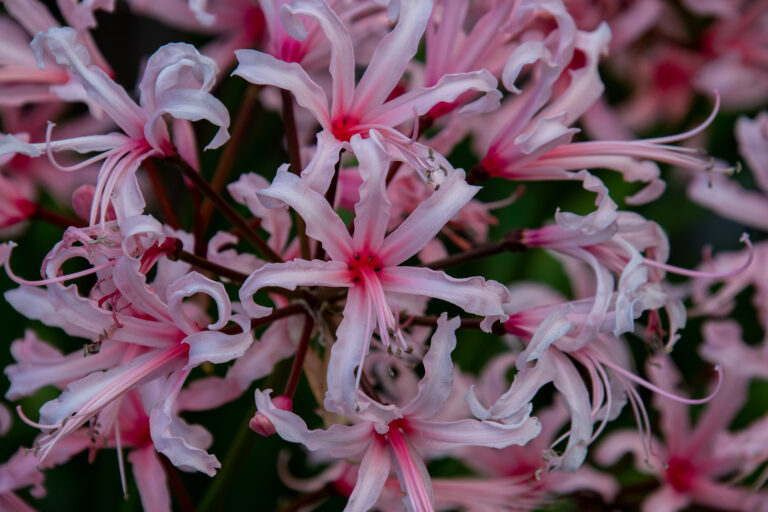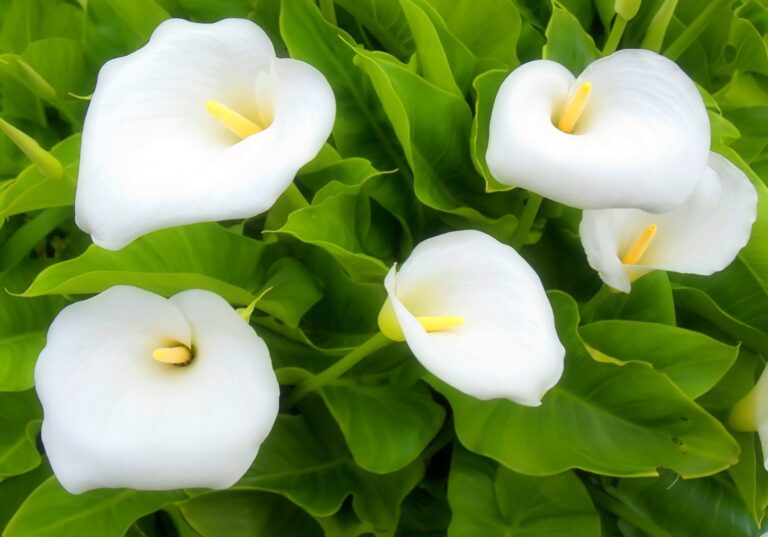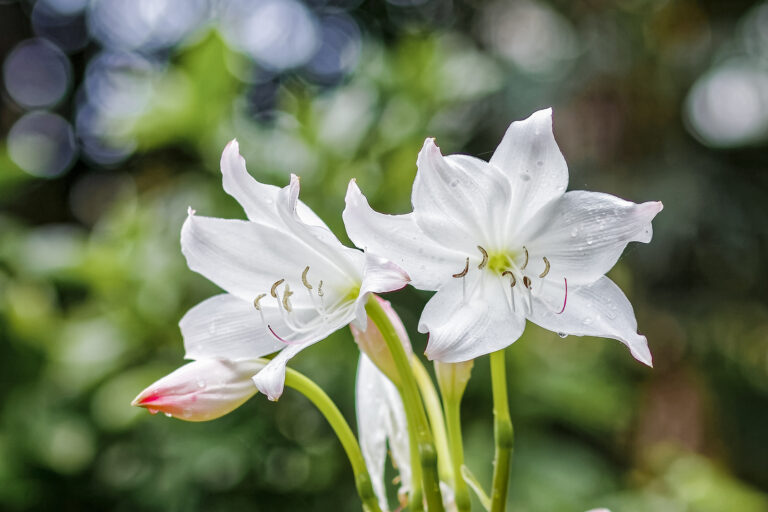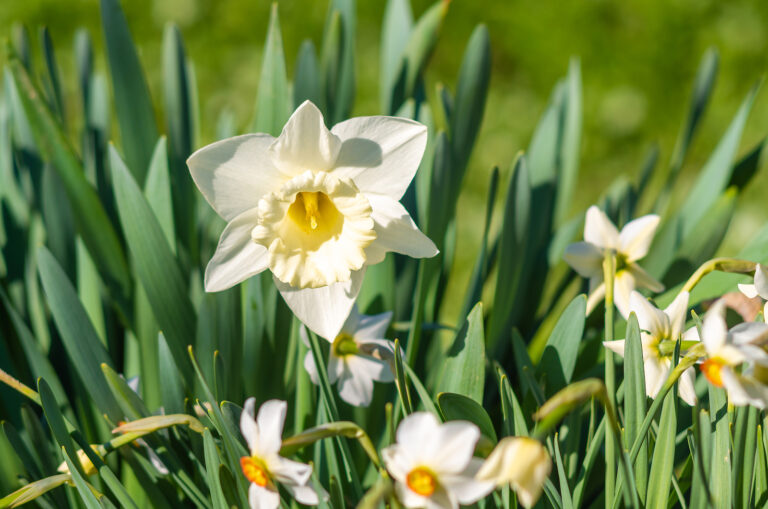How to Grow Glory-of-the-Snow — Chionodoxa
Chionodoxa — Glory-of-the-snow — is one of the first blooming bulbs in spring. The flowers often appear as the winter snow recedes. Chionodoxa bears blue or white, short, star-shaped flowers in loose spikes.
There are six species in the Chionodoxa genus. All are small bulbous perennials that produce two or three narrow, linear to strappy leaves. Blooms often have a white eye. Individual flowers have six petal-like tepals; the tepals are united at the base to form a tube.
Chionodoxa are sometimes confused with Scilla.

Get to know Chionodoxa
- Plant type: Bulb
- Growing zones and range: Zones 3 to 8
- Hardiness:
- Height and width: 4 to 8 inches (10-20cm) tall.
- Foliage: Low-growing plants; narrow basal leaves, two or three to each flower stalk
- Flowers: Clusters of small blue, white, or pink star-shaped flowers.
- Bloom time: Early spring.
- Uses: Naturalize easily under deciduous trees. rock gardens
- Garden companions: Other low-growing spring bloomers, including crocuses, grape hyacinths (Muscari), and squills (Scilla).
- Common name: Glory-of-the-snow
- Botanical name: Chionodoxa
- Family name: Liliaceae
- Origin: Mountains of Crete, Turkey, and Cyprus
Where to plant Chionodoxa
- Plant Chionodoxa in full sun or partial shade. Plants need full sun in spring.
- Plant Chionodoxa in good, well-drained soil.
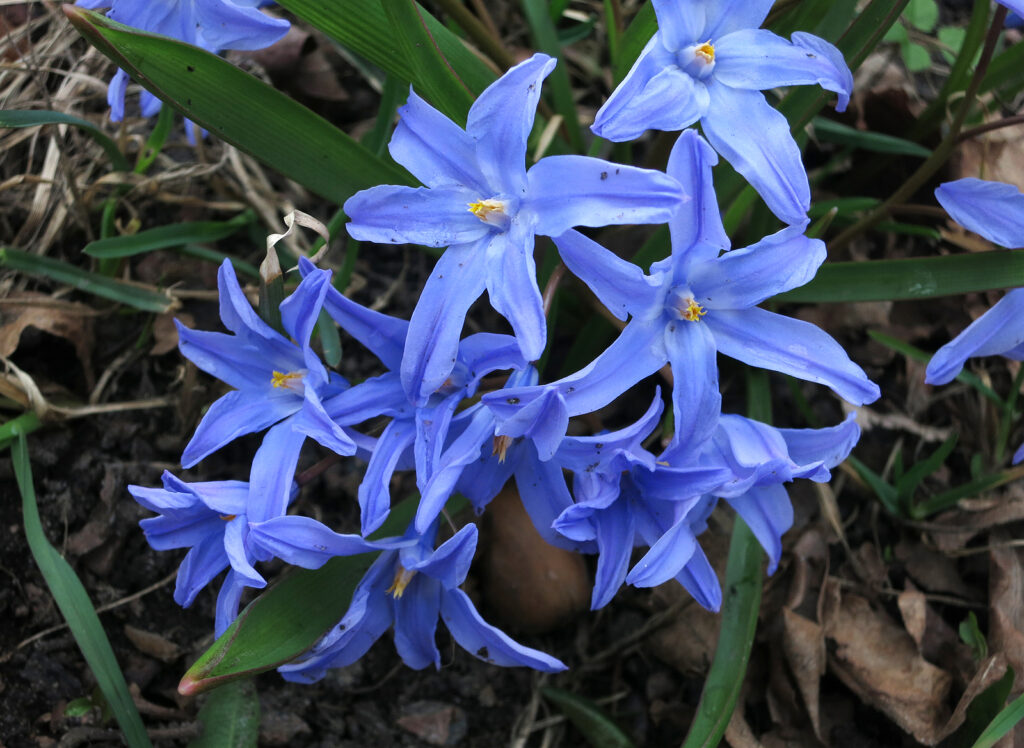
When to plant Chionodoxa
- Seed Chionodoxa in summer.
Planting and spacing Chionodoxa
- Plant bulbs 3 inches (7.6cm) deep in early autumn.
- For best effect, plant bulbs in drifts; just a few plant will be lost if planted alone. Drifts of 20 to 50 bulbs will give the best effect.
How to water and feed Chionodoxa
- Chionodoxa needs regular water during growth and bloom period.
- Feed Chionodoxa with a bulb food in early spring.
How to care for Chionodoxa
Chionodoxa pests and diseases
- Chionodoxa are rarely affected by diseases.
- Chionodoxa do not have any serious garden pests.
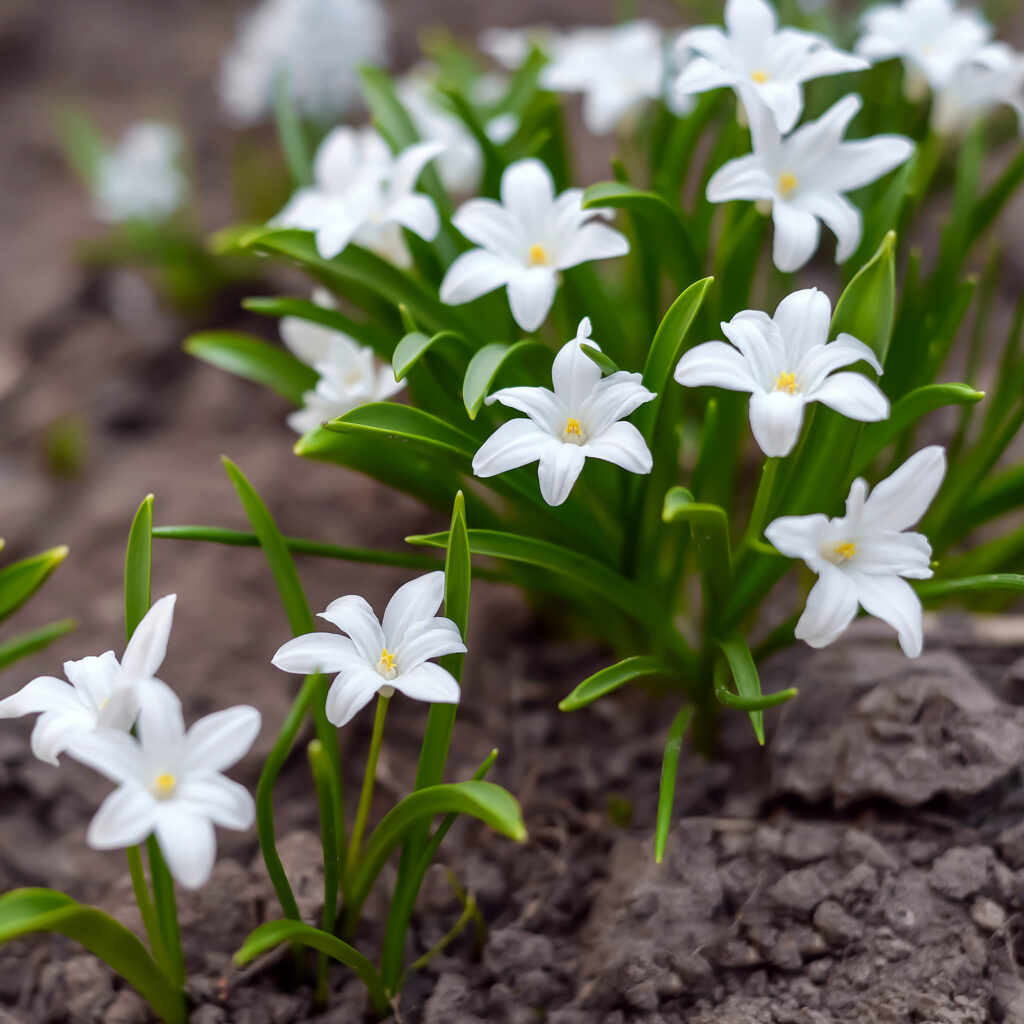
Chionodoxa propagation
- Divide Chionodoxa offsets in summer and replant. Plants produce offsets freely.
- Plants self-sow readily under favorable conditions.
Chionodoxa varieties to grow
- Chionodoxa forbesii has bright blue flowers with white centers. ‘Alba’ has white blooms; ‘Pink Giant’, pink.
- C. luciliae is similar to C. forbesii, with fewer but slightly larger flowers that are blue with white centers.
- C. sardensis: deep blue flowers with very small white eye.



